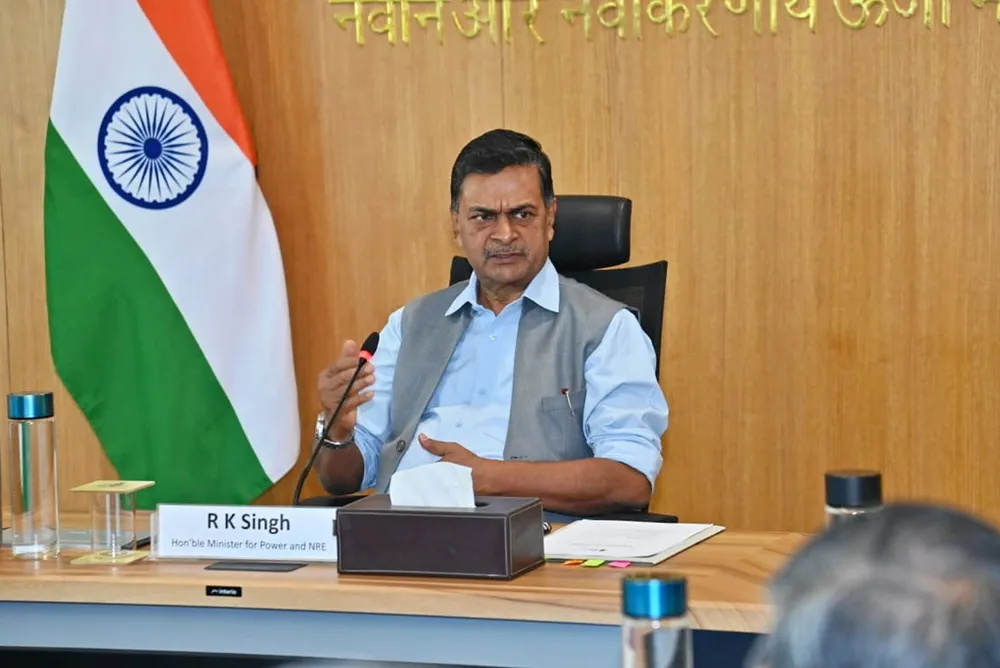India considers Contract for Difference subsidy for green hydrogen power plants
Government set to draft guidelines for scheme to support H2 used in round-the-clock and peaking power

Government set to draft guidelines for scheme to support H2 used in round-the-clock and peaking power
